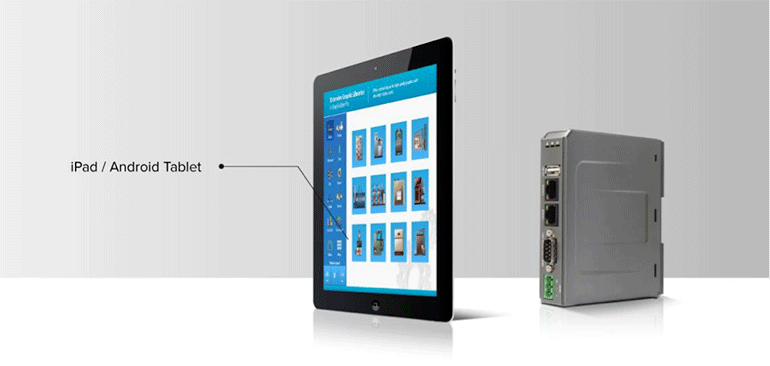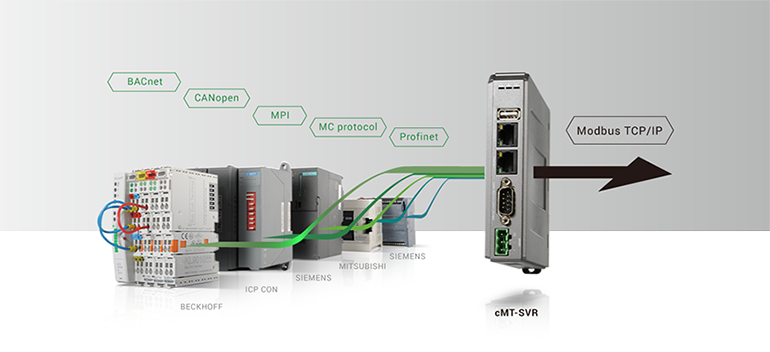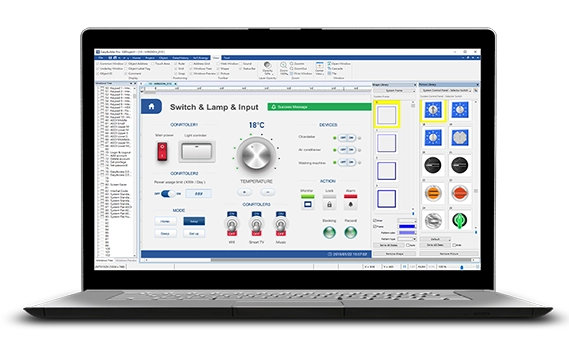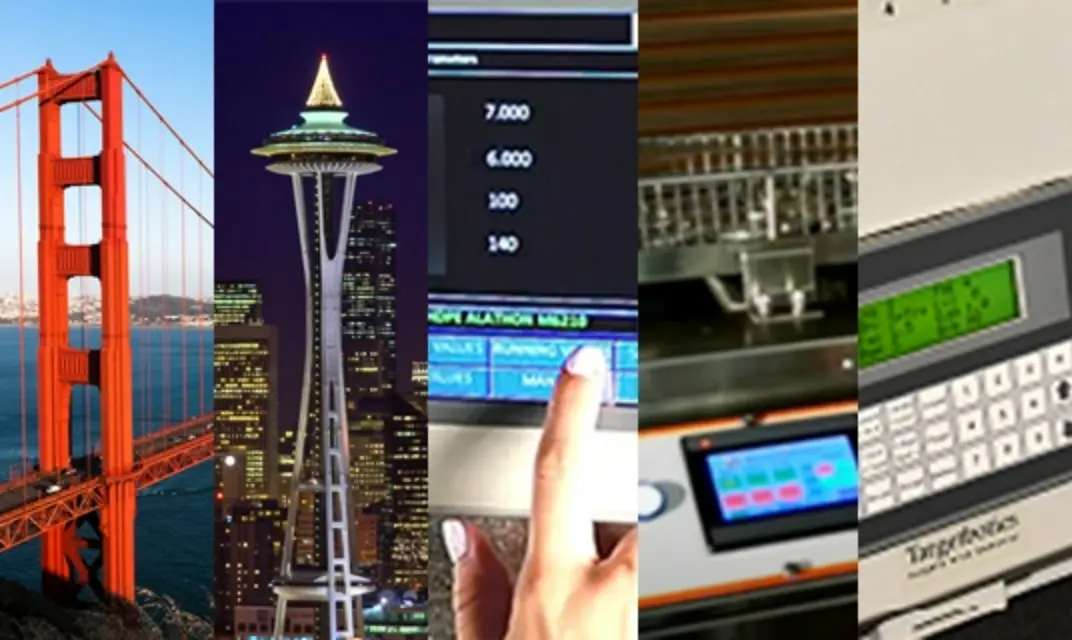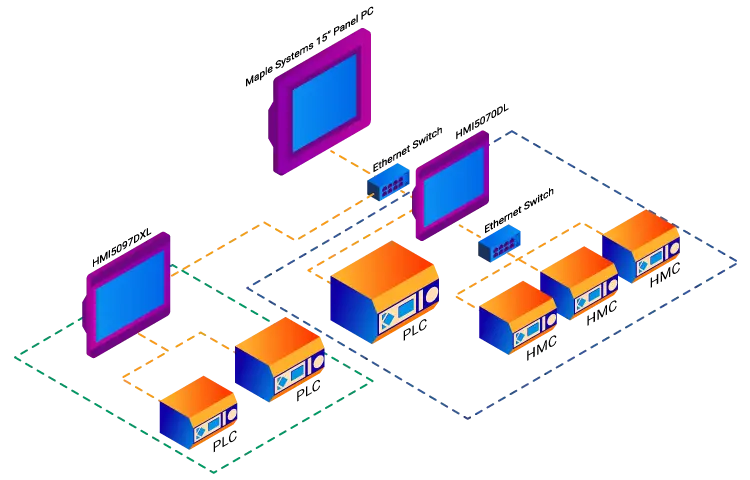|
Product Listing
|

|
7" Smart HMI, Touchscreen, 2 Ethernet Ports, 1 USB Port, 2 Serial Ports
TFT LCD with 800 x 480 Pixel Resolution, cULus, CE, RoHS, IP66, IIoT Ready, Remote Access (EasyAccess 2.0) Optional Add-On
|
Quantity Discounts Available
More
Info
|
cMT2078X, Smart HMI Touchscreen, 7.0", TFT LCD, 800 x 480, 2 Ethernet Ports, 2 Serial
Ports, 1 USB Port, Plastic, Dark Grey, 32F_to_131F, UL Certified, IP66,
800_x_480, 07.0_inch, 02_ethernet_ports, 02_serial_ports, UL_certified,
touchScreen_hmicmt, smart_hmi_touchscreen, dark_grey, 01_usb_port, 400_599, $400-$599, 400-599, 07.0_inch,
Remote Access (EasyAccess 2.0) Optional Add-On, Remote_Access_EasyAccess2_Optional_Add-On,
|
|
Product Listing
|

|
7" Smart HMI, Touchscreen, 2 Ethernet Ports, 1 USB Port, 2 Serial Ports
TFT LCD with 800 x 480 Pixel Resolution, CANBus, UL, CE, RoHS, IP66, Remote Access (EasyAccess 2.0) Optional Add-On
|
Quantity Discounts Available
More
Info
|
CMT3072x, Smart HMI Touchscreen, 7.0", TFT LCD, 800 x 480, 2 Ethernet Ports, 2 Serial
Ports, 1 USB Port, Plastic, Dark Grey, 32F_to_131F, UL Certified, IP66, CANBus,
800_x_480, 07.0_inch, 02_ethernet_ports, 02_serial_ports, UL_certified,
touchScreen_hmicmt, smart_hmi_touchscreen, dark_grey, 01_usb_port, 32F_to_122F, 400_599, $400-$599, 400-599, 07.0_inch, Remote Access (EasyAccess 2.0) Optional Add-On, Remote_Access_EasyAccess2_Optional_Add-On,
|
|
Product Listing
|

|
7" Smart HMI, Touchscreen, 2 Ethernet Ports, 1 USB Port, 2 Serial Ports
IPS LCD with 1024 x 600 Pixel Resolution, CANBus, UL, CE, RoHS, IP66, Remote Access (EasyAccess 2.0) Optional Add-On
|
Quantity Discounts Available
More
Info
|
CMT3072xh, Smart HMI Touchscreen, 7.0", IPS LCD, 1024 x 600, 2 Ethernet Ports, 2 Serial
Ports, 1 USB Port, Plastic, Dark Grey, 32F_to_131F, UL Certified, IP66, CANBus,
1024_x_600, 07.0_inch, 02_ethernet_ports, 02_serial_ports, UL_certified,
touchScreen_hmicmt, smart_hmi_touchscreen, dark_grey, 01_usb_port, 32F_to_122F, 600_799, 07.0_inch, $600-$799, 600-799, Remote Access (EasyAccess 2.0) Optional Add-On, Remote_Access_EasyAccess2_Optional_Add-On,
|
|
Product Listing
|
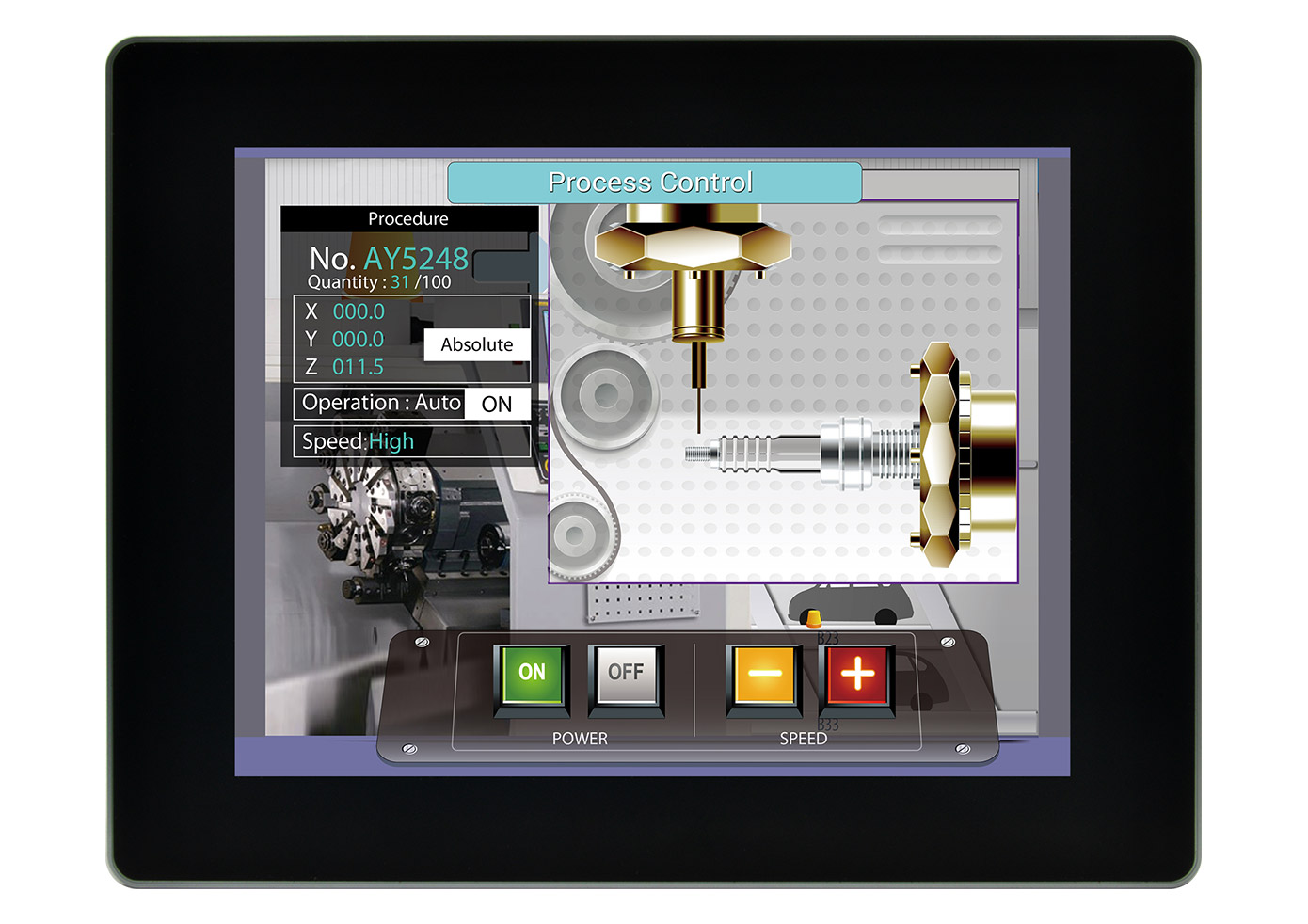
|
9.7" Touchscreen, 2 Ethernet Ports, 1 USB Port, 2 Serial Ports, CODESYS runtime support
1024x768 Resolution, CANBus, UL, CE, RoHS, IP66
|
Quantity Discounts Available
More
Info
|
CMT3092X, HMI/cMT Touchscreens, 9.7", 1024 x 768, 2 Ethernet Ports, 2 Serial
Ports, 1 USB Port, Plastic, Charcoal Grey, UL Certified, IP66, CANBus, 09.7_inch, 1024_x_768, 800+, $800+,
02_ethernet_ports, 02_serial_ports, 01_usb_port, touchScreen_hmicmt, 32F_to_122F, UL_certified
|
|
Product Listing
|

|
IIoT Ready, Free Software, 300+ Protocols Supported
WiFi capable with addition of Wi-Fi Expansion Module. 1024 x 600 Resolution, 2 Ethernet Ports, 1 USB Port, 2 Serial Ports. Supports OPC UA Client Only, WebView, EasyAccess 2.0, MQTT, SQL; UL (cULus Listed), CE, RoHS, IP66, NEMA4
|
Quantity Discounts Available
More
Info
|
CMT2108X2, Smart HMI Touchscreens,1024 x 768, 2 Ethernet Ports, 2 Serial
Ports, 1 USB Port, Plastic, Dark Grey, 32F-122F, UL Certified, IP66,
touchScreen_hmicmt, 1024_x_768, 02_ethernet_ports, 02_serial_ports, $800+, 800+,
01_usb_port, UL_certified, 32F_to_122F, dark_grey, 800_plus, 10.1", 10.1_inch, $849, Wi-Fi, wifi, Remote Access (EasyAccess 2.0) Optional Add-On, Remote_Access_EasyAccess2_Optional_Add-On
2_serial_ports, 2_ethernet_ports, $600+, 1_USB_PORT
|
|
Product Listing
|

|
IIoT Ready, Free Software, 300+ Protocols Supported
WiFi capable with addition of Wi-Fi Expansion Module. 1024 x 600 Resolution, 2 Ethernet Ports, 1 USB Port, 2 Serial Ports. Supports CANbus, OPC UA Client or Server, Siemens MIP, WebView, EasyAccess 2.0, MQTT, SQL
|
Quantity Discounts Available
More
Info
|
CMT3102x, Smart HMI Touchscreens, 10.1", 1024 x 768, 2 Ethernet Ports, 2 Serial
Ports, 1 USB Port, Plastic, Dark Grey, 32F-122F, UL Certified, IP66, CANBus, Wi-Fi, wifi
touchScreen_hmicmt, 10.1_inch, 1024_x_768, 02_ethernet_ports, 02_serial_ports, $800+, 800+,
01_usb_port, UL_certified, 32F_to_122F, dark_grey, 800_plus, Remote Access (EasyAccess 2.0) Included, Remote_Access_EasyAccess2_Included,
|
|
Product Listing
|

|
15" Smart HMI, Touchscreen, 2 Ethernet Ports, 1 USB Port, 2 Serial Ports
TFT LCD with 1024 x 768 Pixel Resolution, cULus, CE, RoHS, IP66, IIoT Ready, Remote Access (EasyAccess 2.0) Optional Add-On
|
Quantity Discounts Available
More
Info
|
cMT2158X, Smart HMI Touchscreen, 15.0", IPS LCD, 1024 x 768, 2 Ethernet Ports, 2 Serial
Ports, 1 USB Port, Aluminum, Dark Grey, SD Card Slot, 32F_to_122F, UL Certified, IP66,
1024_x_768, 15.0_inch, 02_ethernet_ports, 02_serial_ports, UL_certified,800_plus, 01_sd_card_slot,
touchScreen_hmicmt, smart_hmi_touchscreen, dark_grey, 01_usb_port, 32F_to_122F, 15.0_inch, $800+, 800+,
Remote Access (EasyAccess 2.0) Optional Add-On, Remote_Access_EasyAccess2_Optional_Add-On,
|
|
Product Listing
|
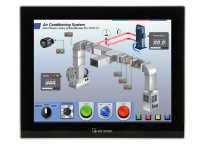
|
15" IPS Touchscreen, 2 Ethernet Ports, 1 USB Port, 2 Serial Ports, CODESYS runtime support
1024x768 Resolution, CANBus, UL, CE, RoHS, IP66
|
Quantity Discounts Available
More
Info
|
CMT3152X, IPS Touchscreens, 15", 1024 x 768, 2 Ethernet Ports, 2 Serial
Ports, 1 USB Port, Plastic, Charcoal Grey, UL Certified, IP66, CANBus, 09.7_inch, 1024_x_768, 800+, $800+,
02_ethernet_ports, 02_serial_ports, 01_usb_port, touchScreen_hmicmt, 32F_to_122F, UL_certified
|
|
Product Listing
|
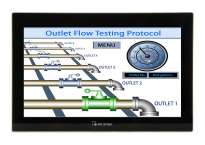
|
15.6" FHD IPS Touchscreen, 2 Ethernet Ports, 1 USB Port, 2 Serial Ports, CODESYS runtime support
1920x1080 Resolution, CANBus, UL, CE, RoHS, IP66
|
Quantity Discounts Available
More
Info
|
CMT3162X, HMI/cMT Touchscreens, 15.6", 1920 x 1080, 2 Ethernet Ports, 2 Serial
Ports, 1 USB Port, Plastic, Charcoal Grey, UL Certified, IP66, CANBus, 09.7_inch, 1920_x_1080, 800+, $800+,
02_ethernet_ports, 02_serial_ports, 01_usb_port, touchScreen_hmicmt, 32F_to_122F, UL_certified
|
|
Product Listing
|

|
Smart Server, Headless HMI, Serial to Ethernet Server, HDMI® Output
2 Ethernet Ports, 1 USB Port, 1 Serial Port, Remote Access (EasyAccess 2.0) Optional Add-On
|
Quantity Discounts Available
More
Info
|
CMT-FHDX-820, Smart Server Headless HMI, 2 Ethernet Ports, 1 USB Port, 1 Serial Port,
Plastic, Dark Grey, UL Certified, IP20, HDMI Audio,
Server_headless_hmi, smart_server_headless_hmi, 02_ethernet_ports, 01_usb_port, 01_serial_port, dark_grey, 32F_to_122F,
UL_certified, HDMI_Audio, 600_799, $600-$799, 600-799, No_display, Remote Access (EasyAccess 2.0) Optional Add-On, Remote_Access_EasyAccess2_Optional_Add-On,
|
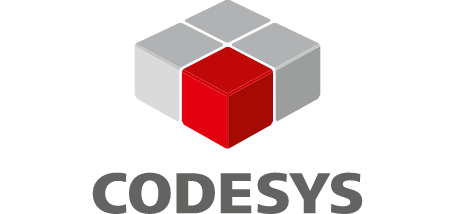
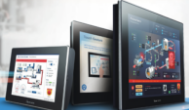
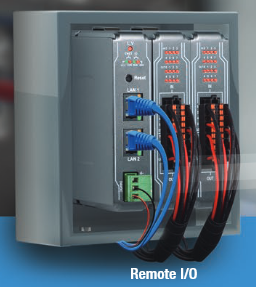











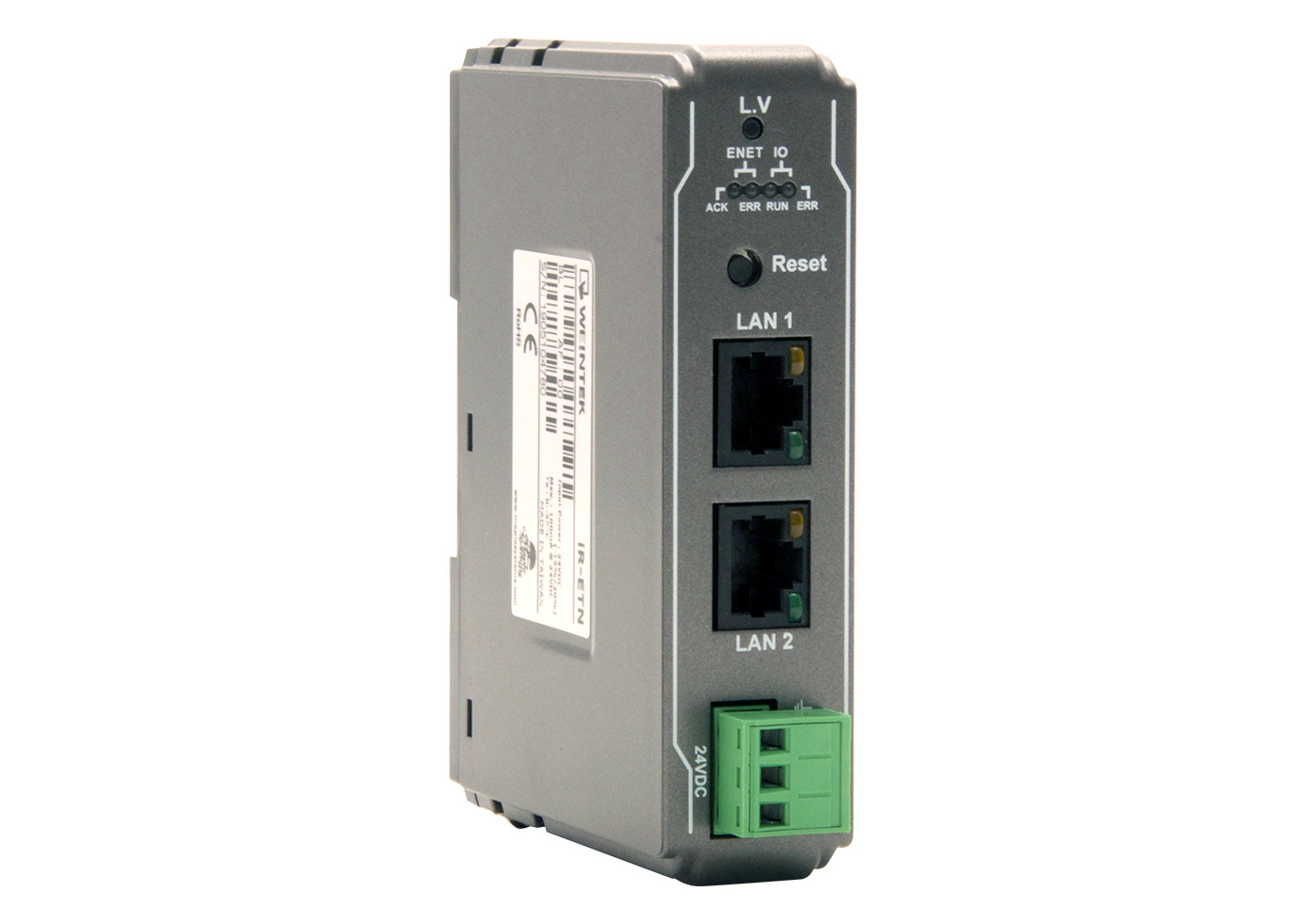
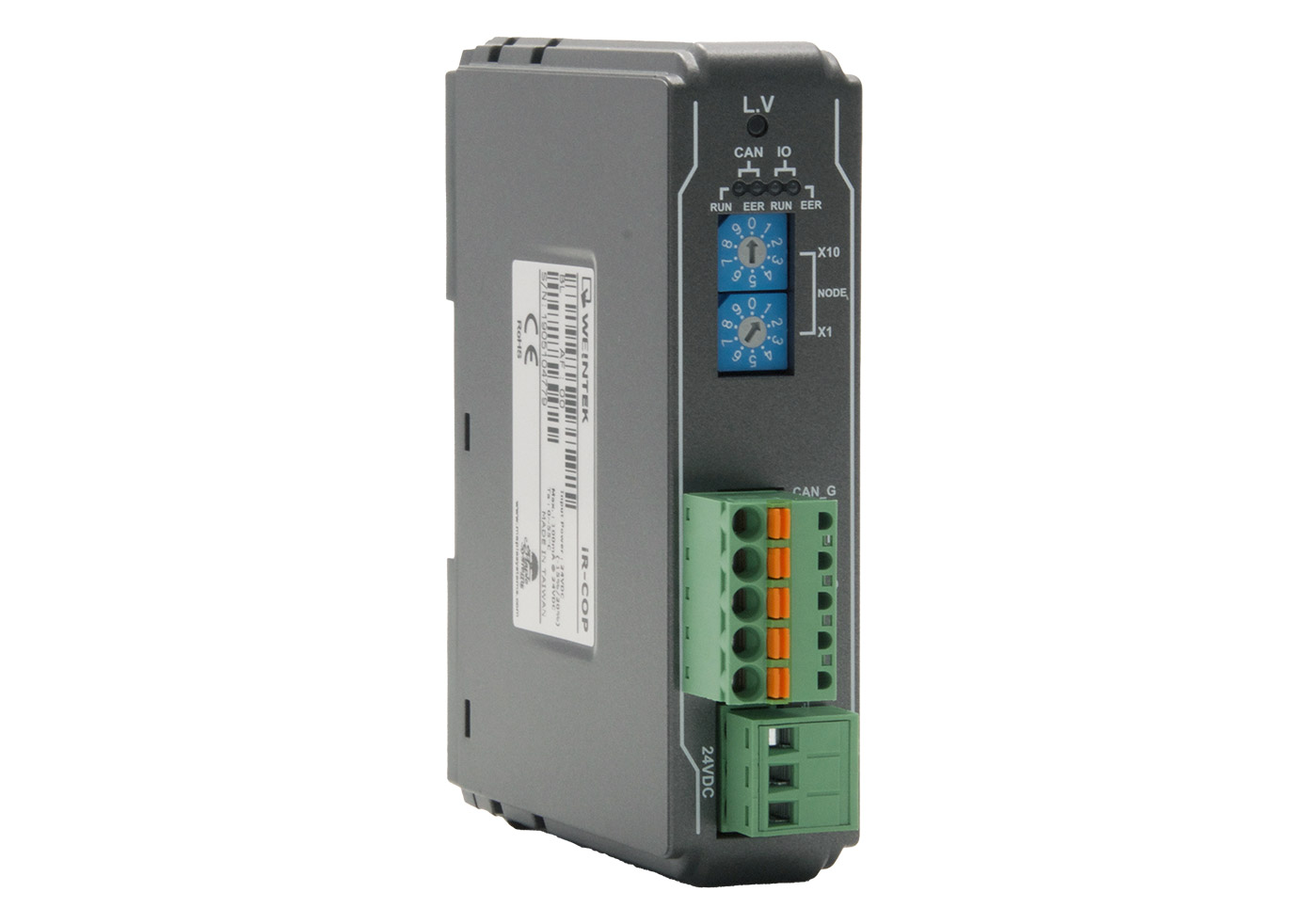
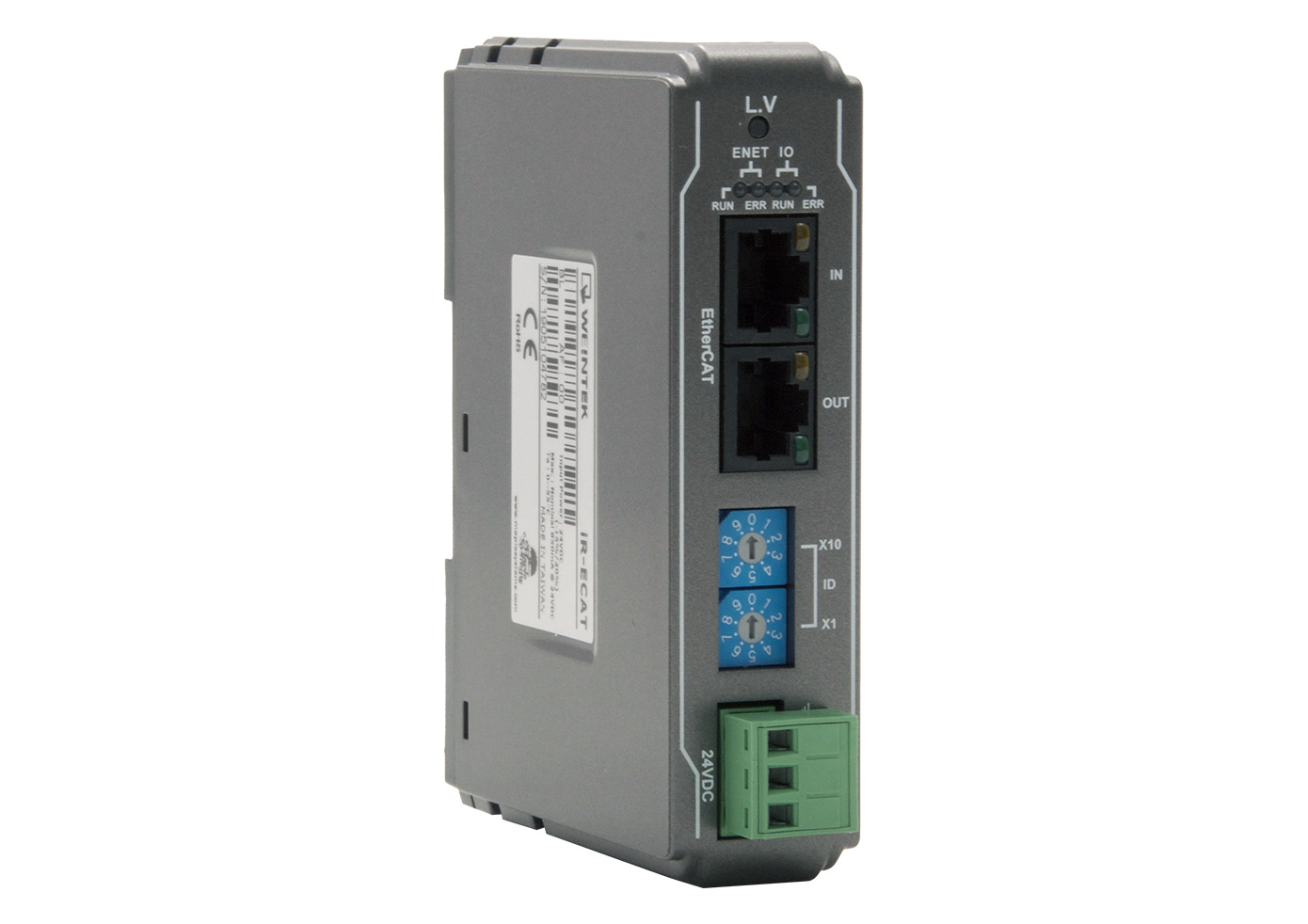
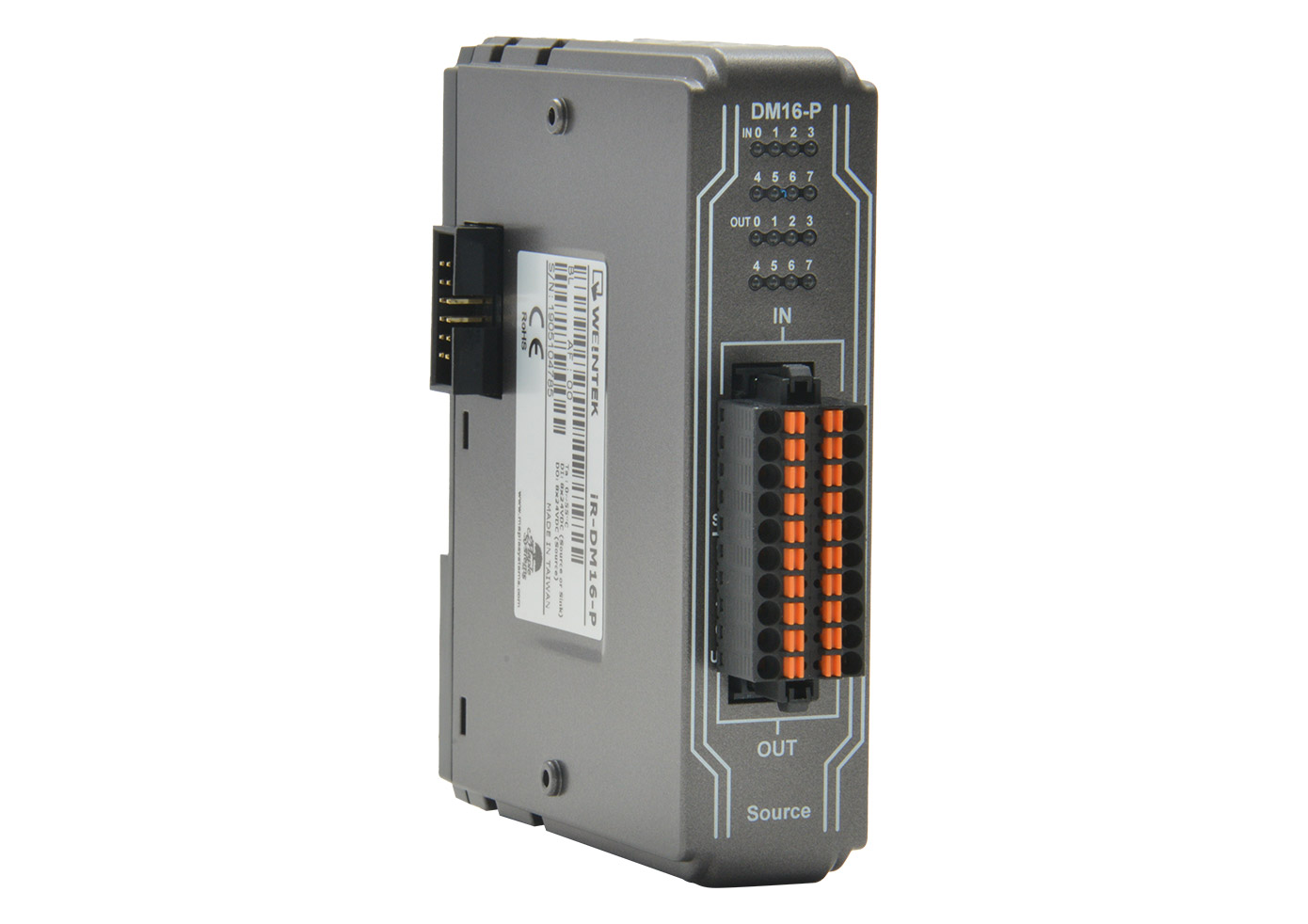
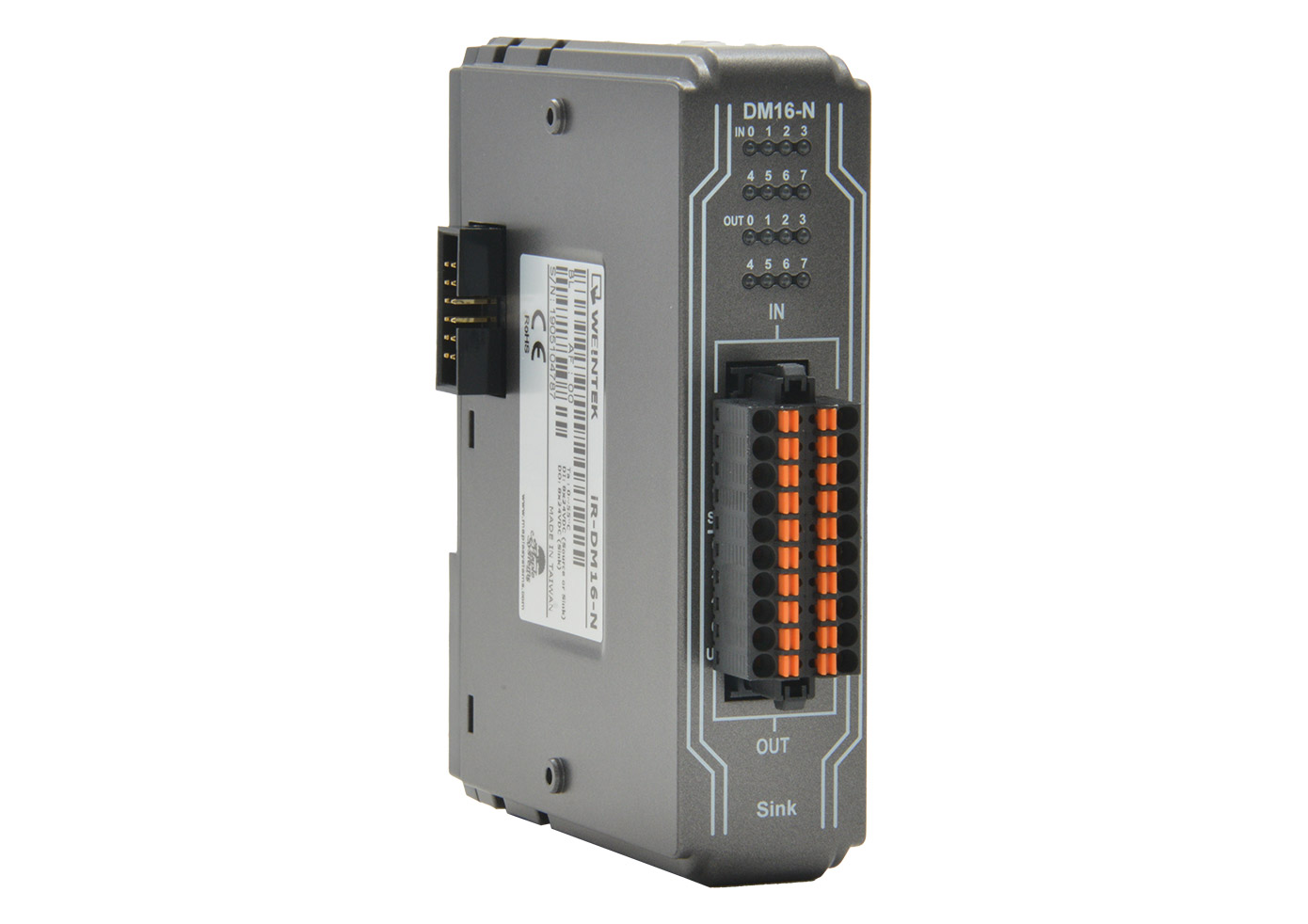
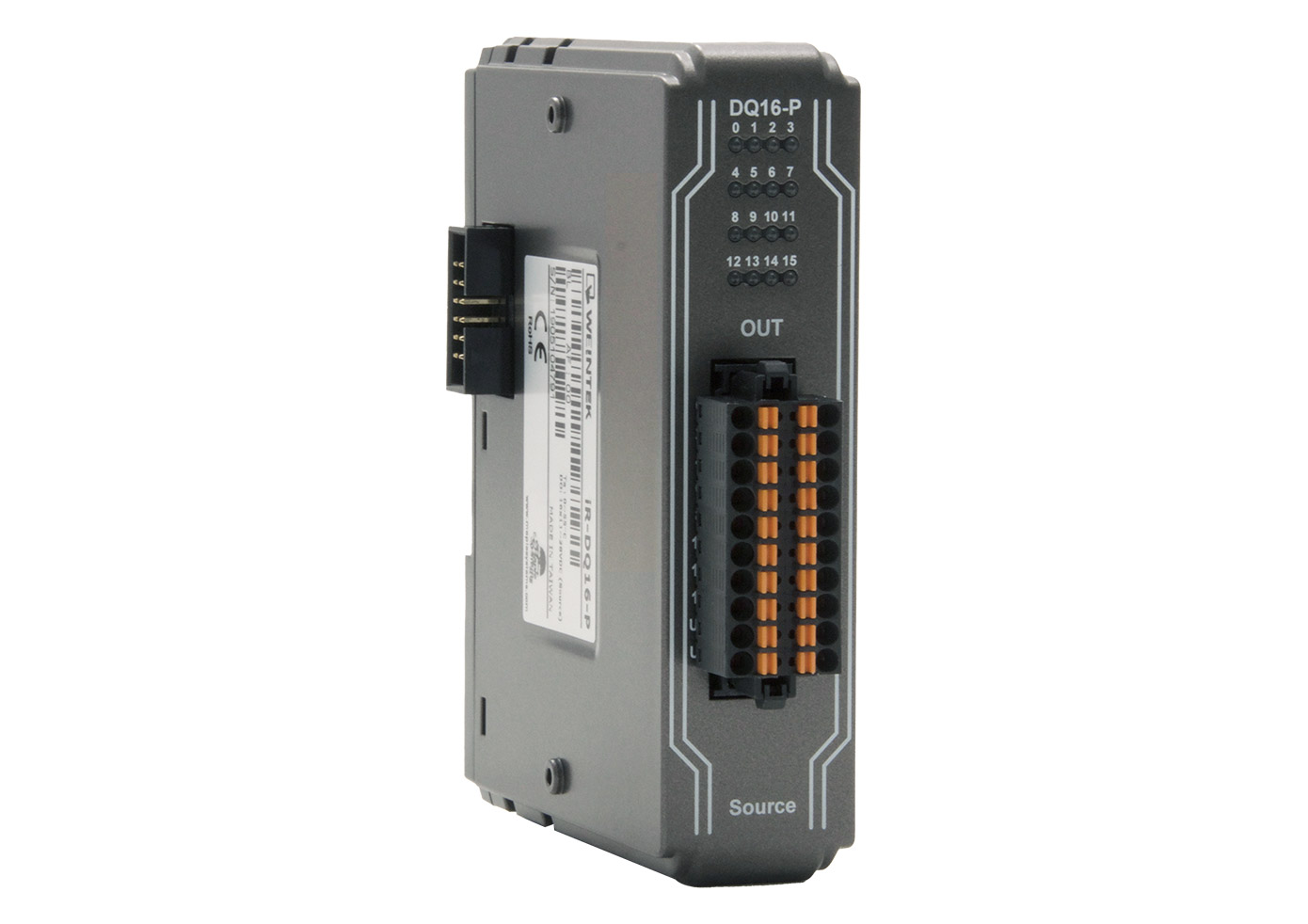
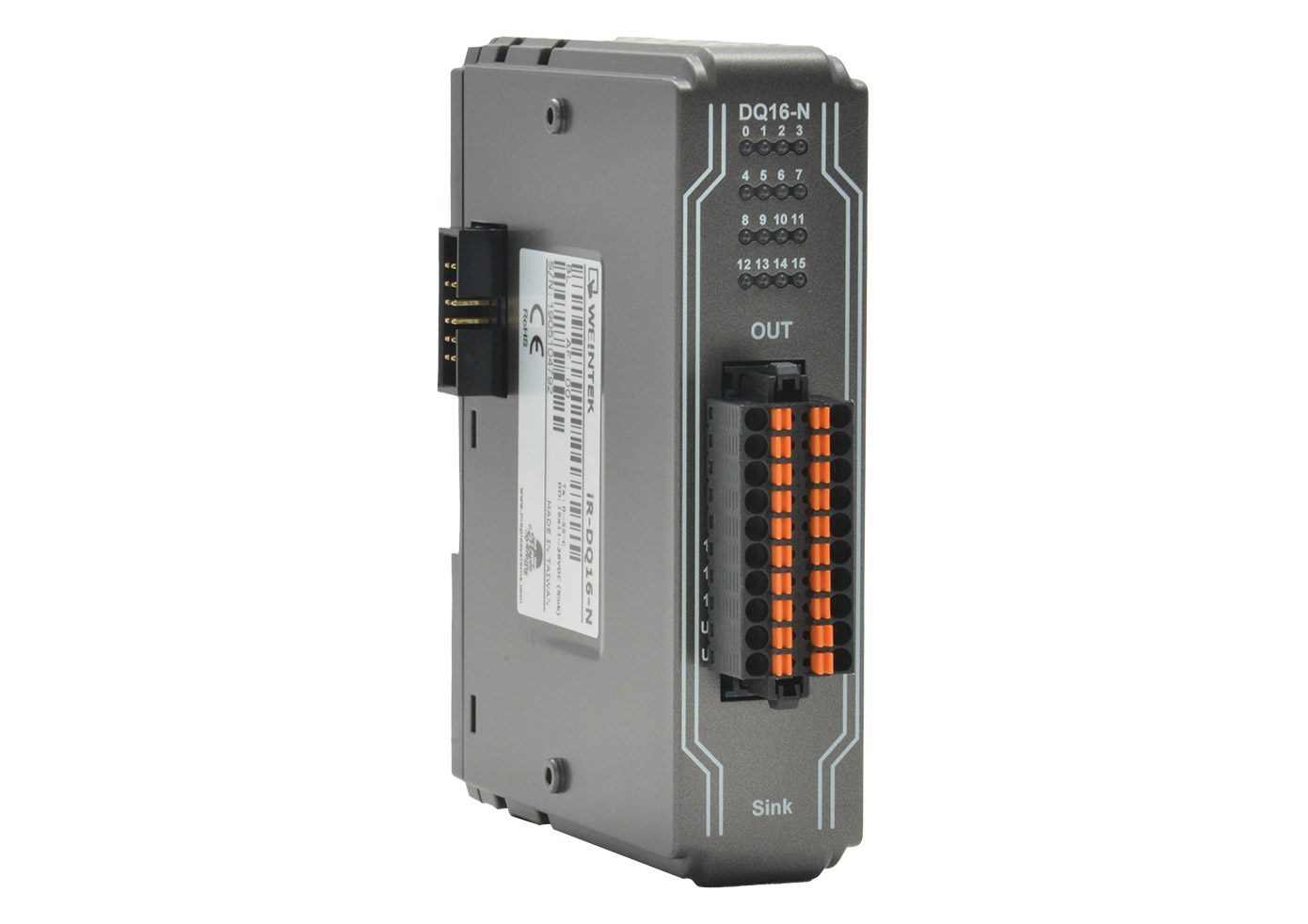
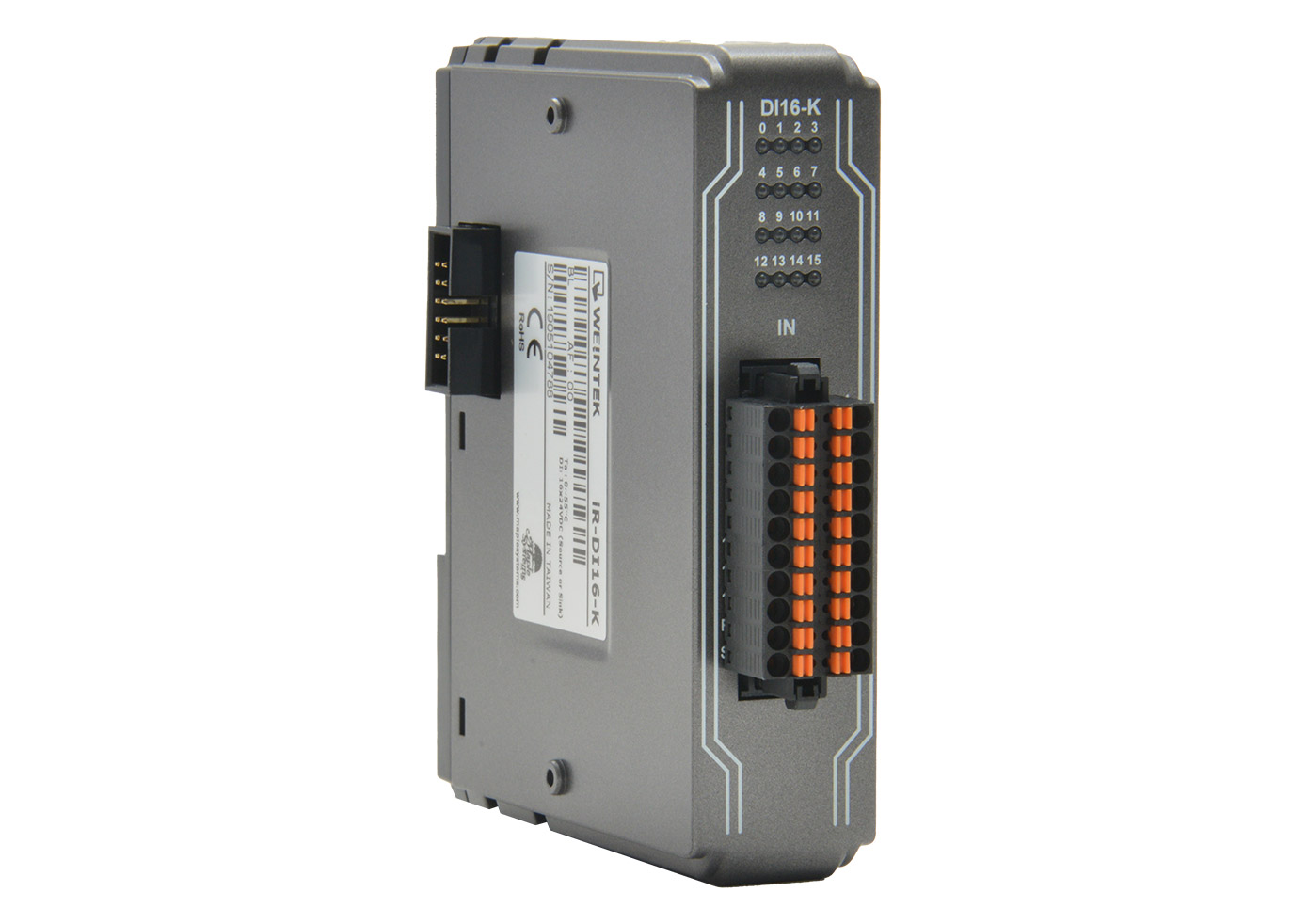
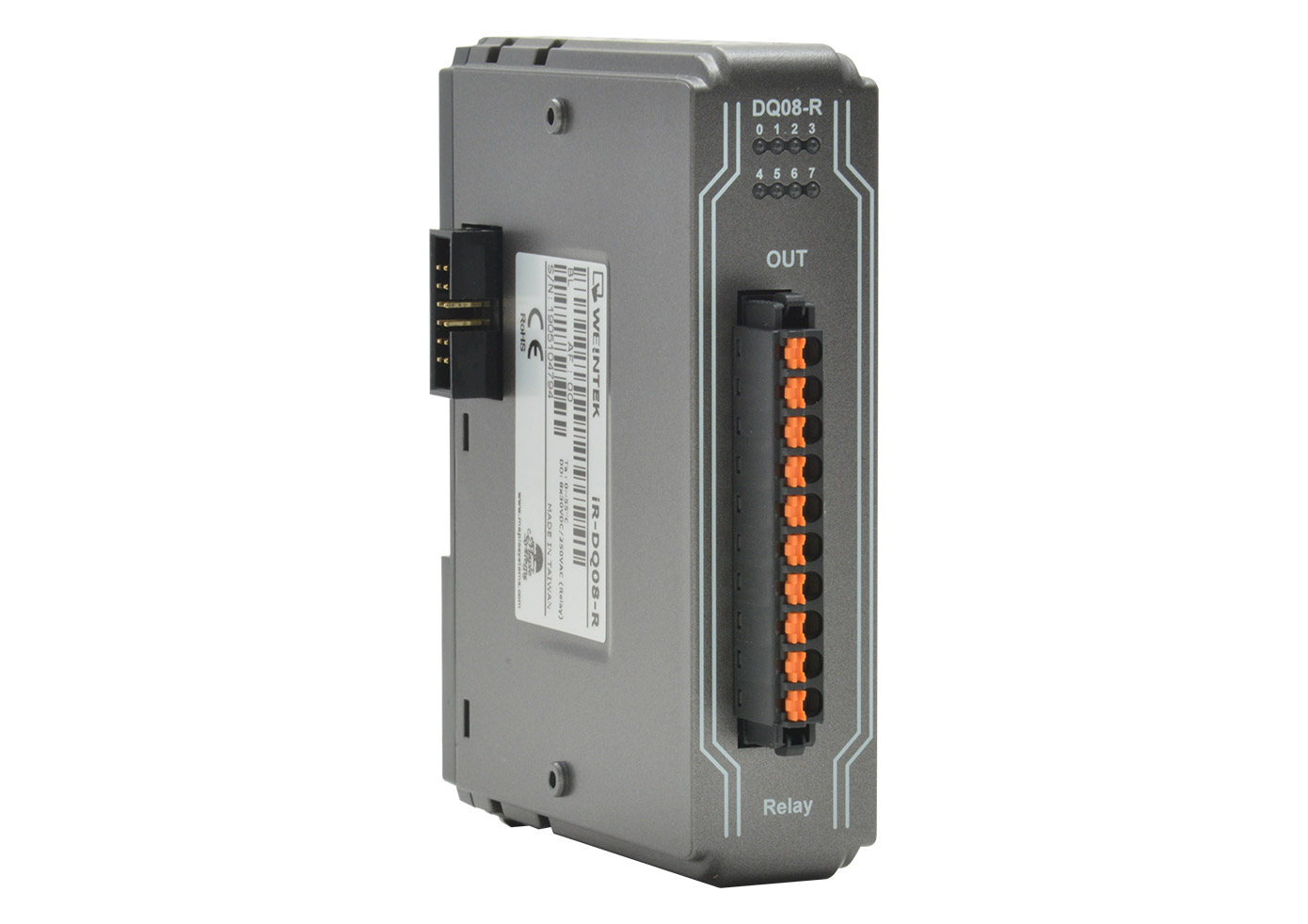
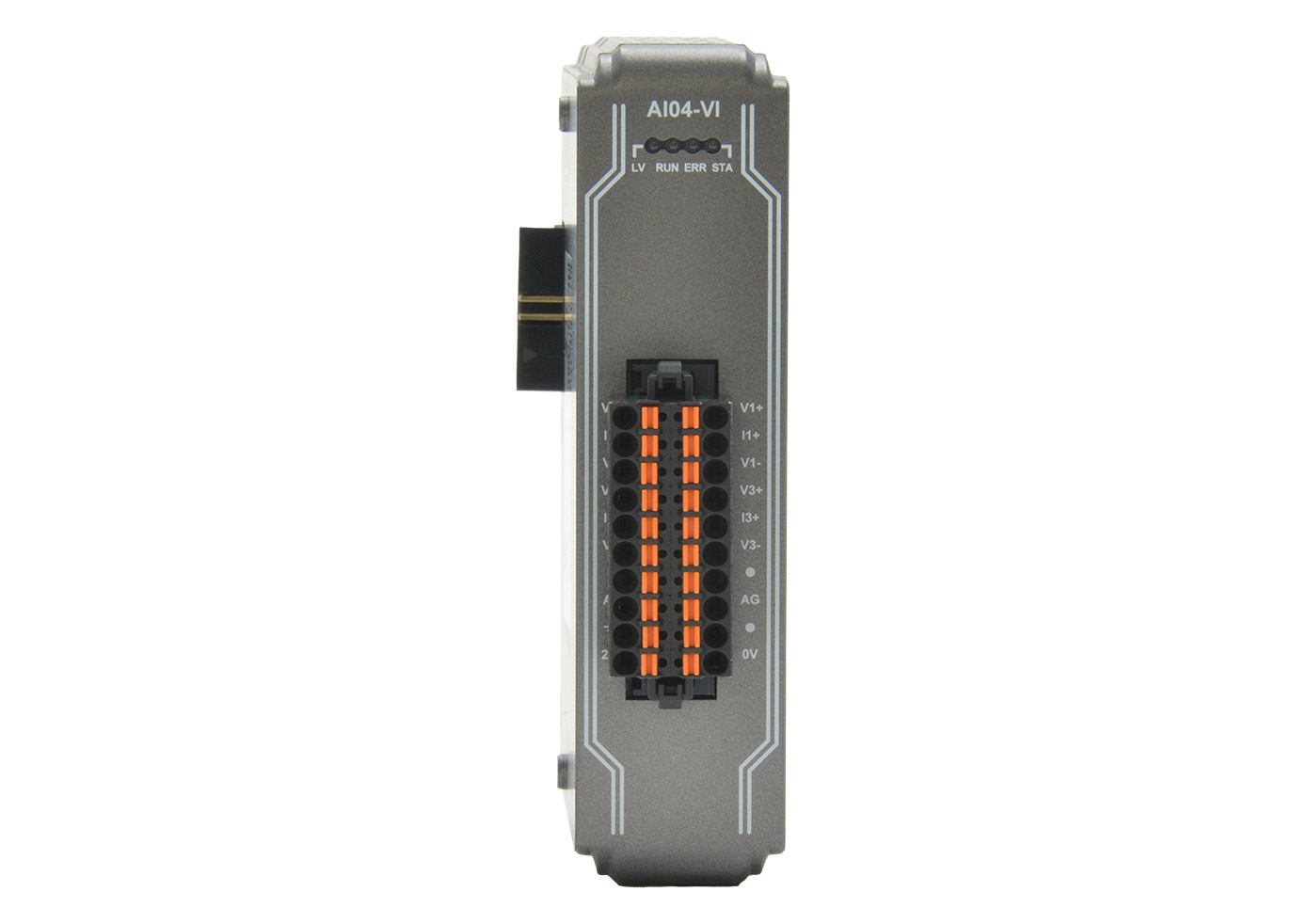
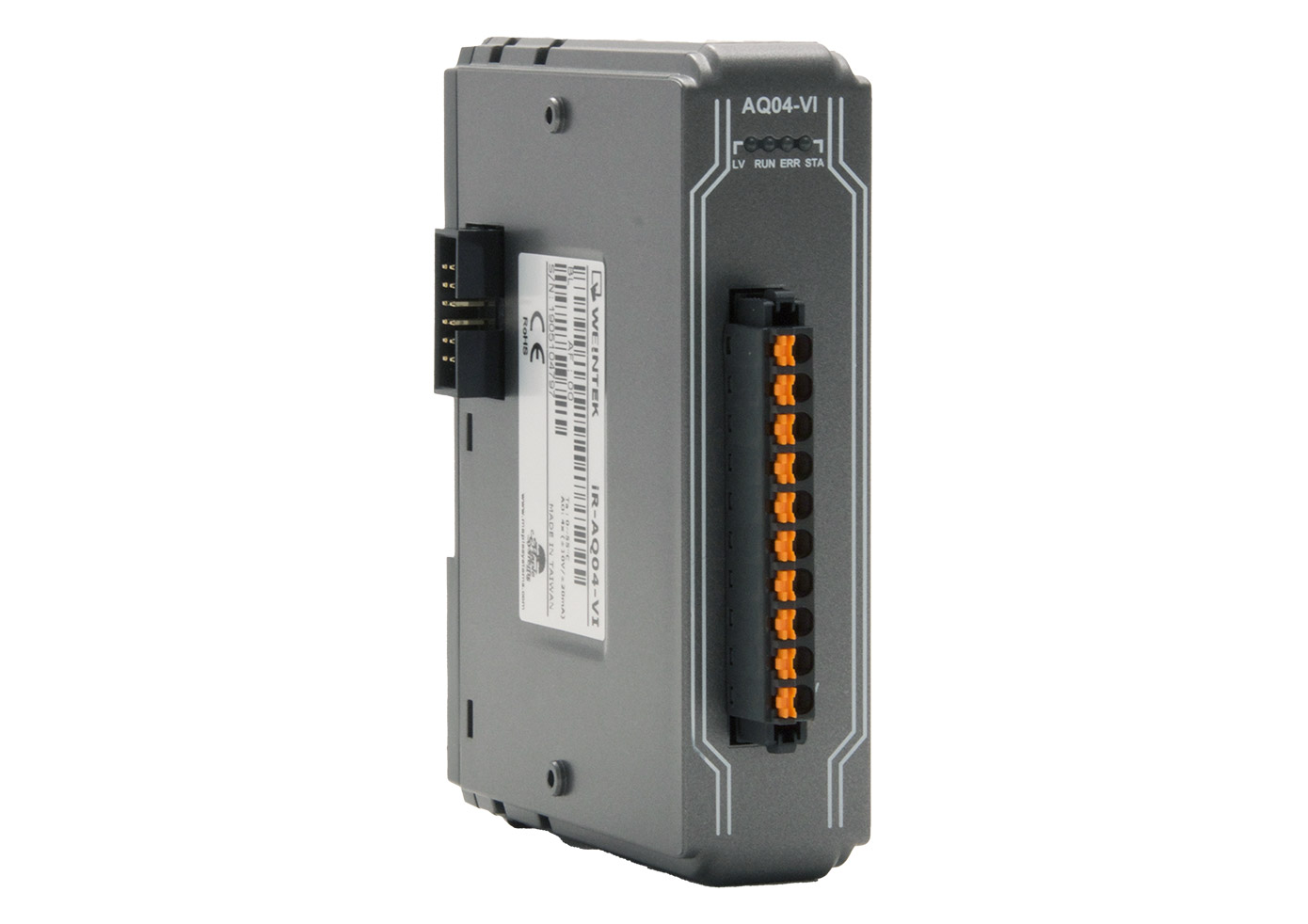
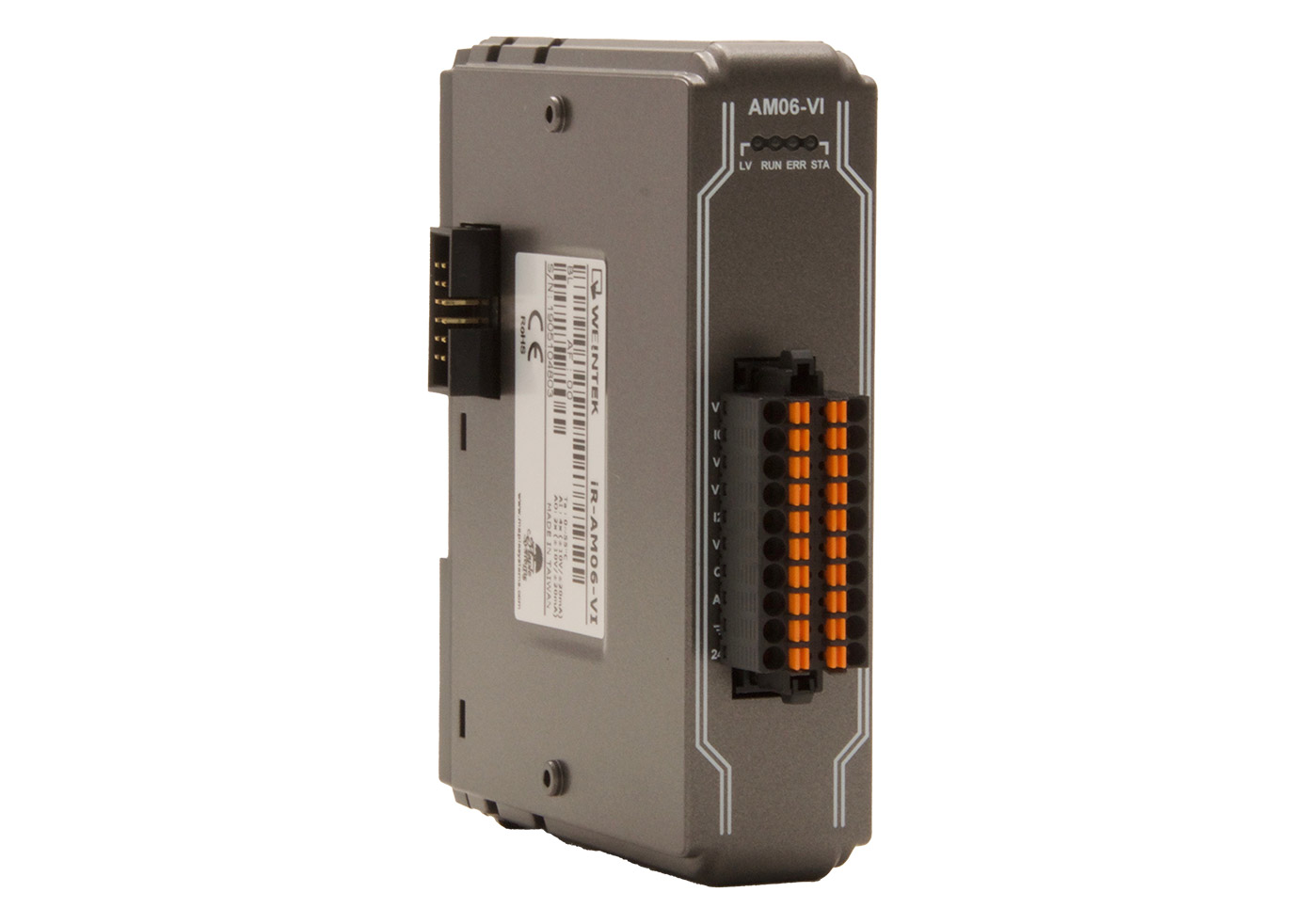
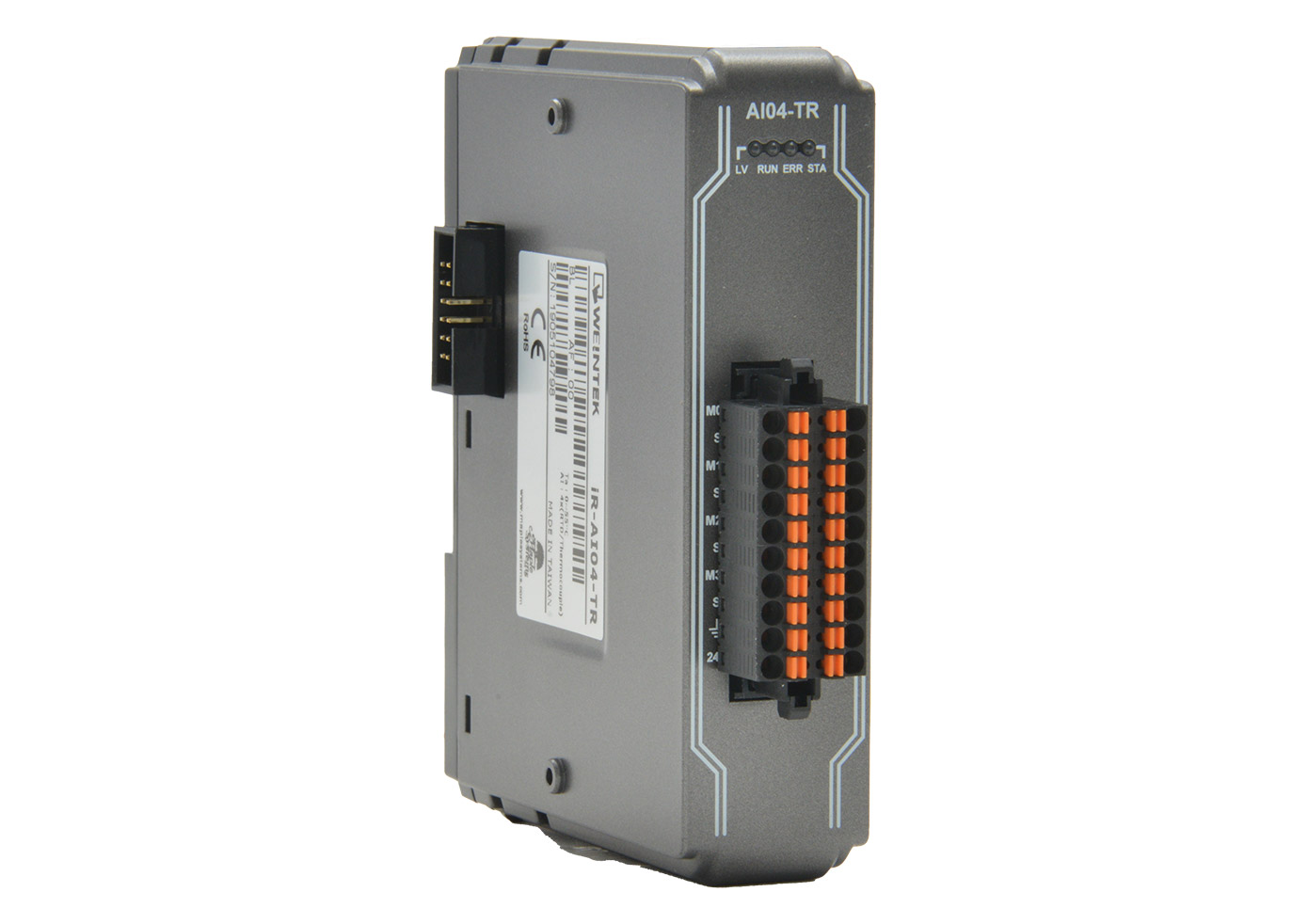


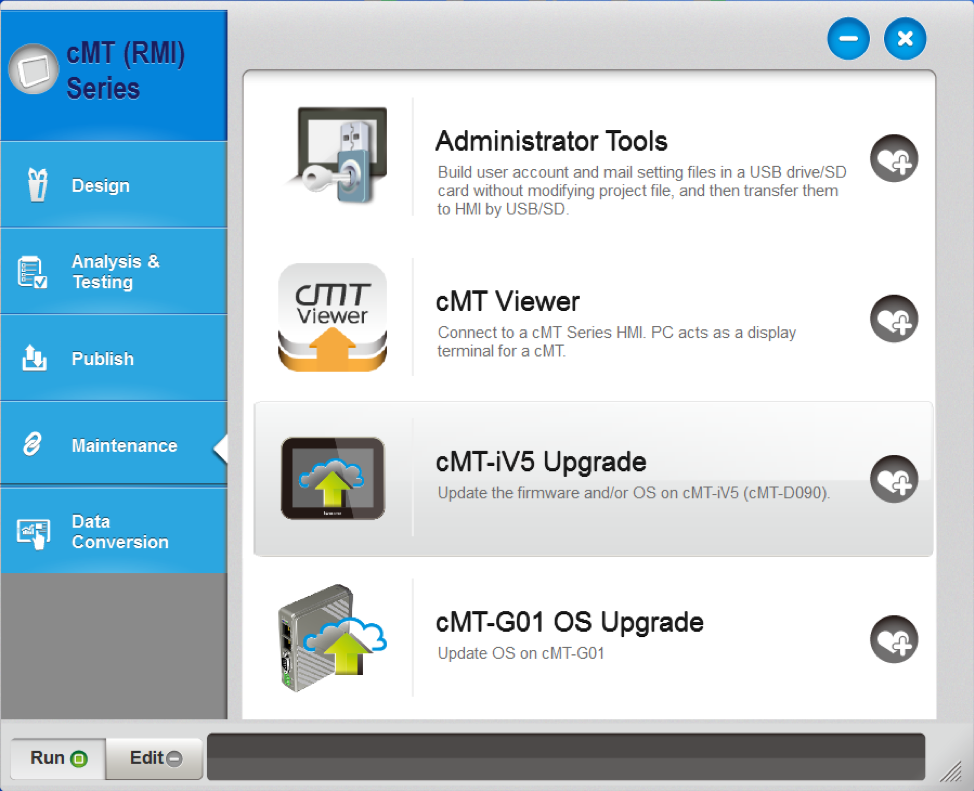

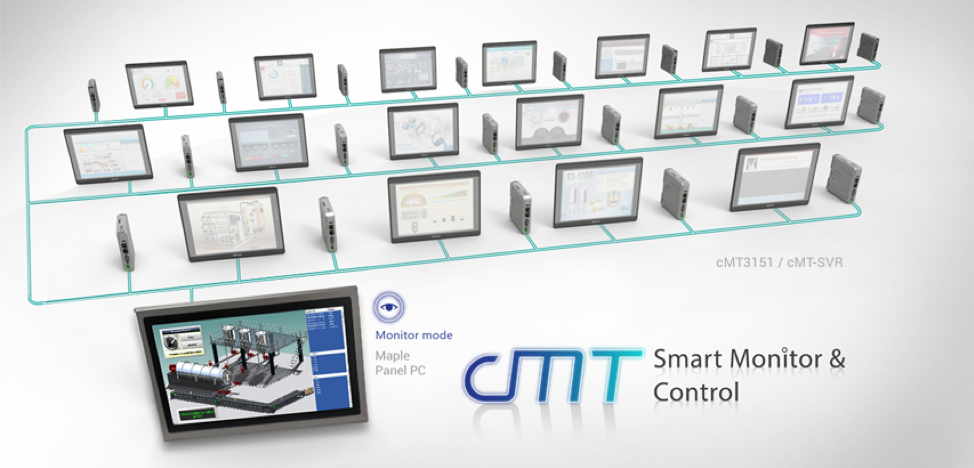
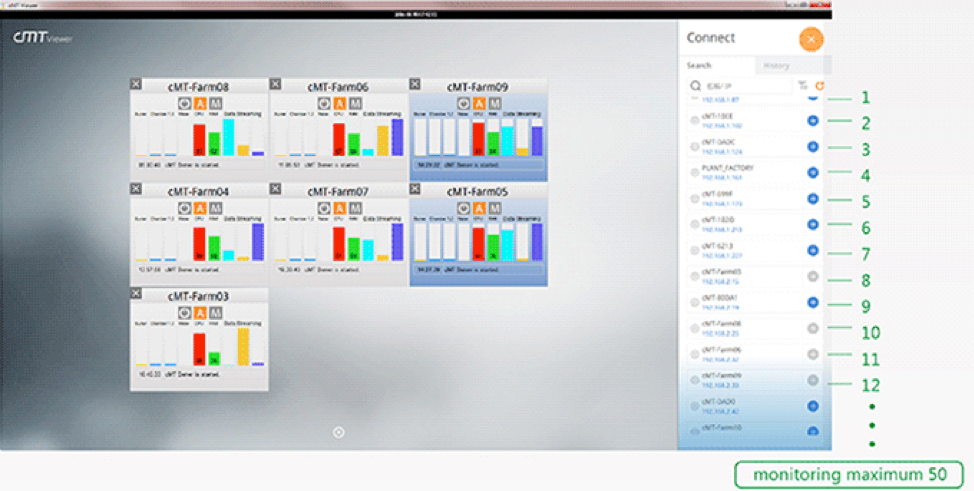
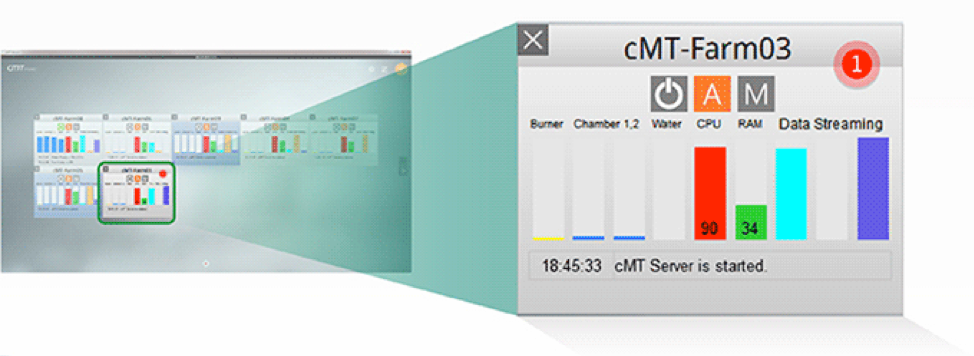
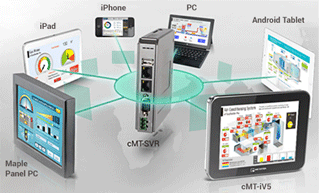 New technologies bring new ways of interacting and controlling systems,
but the need for a static HMI that is always ready and available will
not go away. While cMT Series HMIs enable new and exciting features, the
cMT Series also does not compromise on fulfilling this vital role.
New technologies bring new ways of interacting and controlling systems,
but the need for a static HMI that is always ready and available will
not go away. While cMT Series HMIs enable new and exciting features, the
cMT Series also does not compromise on fulfilling this vital role. 